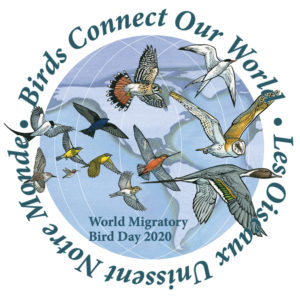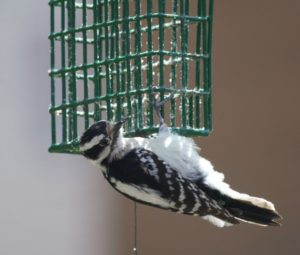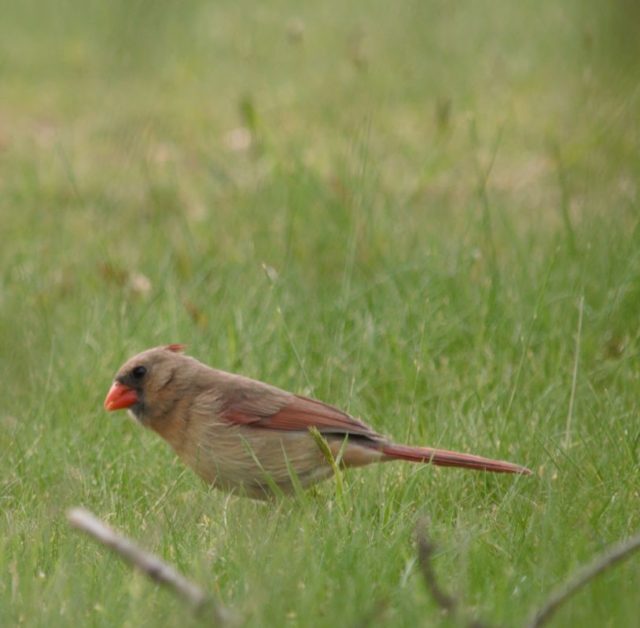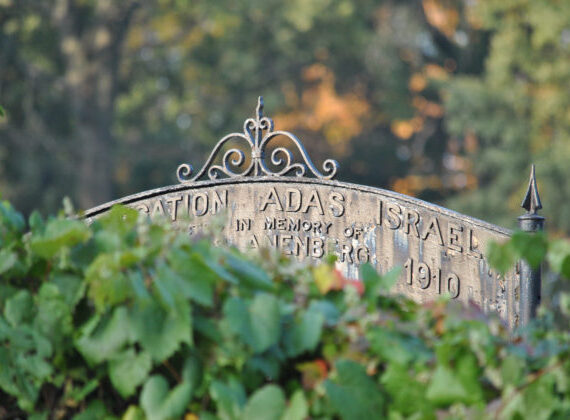It’s obvious why bird watching has become a new hobby for many during quarantine. It’s a low-cost activity — perfect for those on a budget. You can do this whether in a studio apartment or a McMansion. There is satisfaction in seeing a new species, especially when days blur with other days. You get to learn which birds match up with which calls, and figure out who has been waking you up at 4 every morning. And, unlike any of us, birds are free to travel. They are actually living our best lives.
For those of us leaving the house, bird-watching makes an excellent solo activity, giving a sense of purpose to what might be aimless wandering otherwise.
Those new to this past-time might have no idea how deep they can take it.
 World Migratory Bird Day sparked the recent release of new activities and resources. This day is actually celebrated twice, once on the second Saturday in May for the northern hemisphere, and again on the second Saturday in October for points south. WMBD marks “the phenomenon of bird migrations and raises awareness of the challenges birds face during their journeys. It serves as a call to action for bird conservation and connects people to birds around the world.”
World Migratory Bird Day sparked the recent release of new activities and resources. This day is actually celebrated twice, once on the second Saturday in May for the northern hemisphere, and again on the second Saturday in October for points south. WMBD marks “the phenomenon of bird migrations and raises awareness of the challenges birds face during their journeys. It serves as a call to action for bird conservation and connects people to birds around the world.”
If you missed the actual day, no big deal. There’s still time to get bird nerdy.
 The Greenwich Audubon Center is hosting a Dawn Chorus livestream on Facebook every Wednesday and Saturday morning during May, from 7-7:45 AM. You can volunteer with the folks creating the Connecticut Bird Atlas.
The Greenwich Audubon Center is hosting a Dawn Chorus livestream on Facebook every Wednesday and Saturday morning during May, from 7-7:45 AM. You can volunteer with the folks creating the Connecticut Bird Atlas.
Closer to home, Park Watershed is celebrating World Bird Day with City of Hartford, which in March 2020 was recognized as an active Urban Bird Treaty city by U.S. Fish & Wildlife Service. Mary Rickel Pelletier says that Park Watershed is “initiating local efforts to align with the Birds Connect Our World’ goals, which involve learning how scientists track migration routes, minimizing hazards and enhancing habitat along riparian corridors that support resident and migratory birds.”
Park Watershed has focused on the continued expansion and diversification of native plants along the Park River’s north branch, providing food and shelter for birds.
How can you help migratory and nesting birds, especially now through August? Create physical distance between yourself and the nests and/or young birds. Leash and control your dog in environments where such are likely to be found. Keep domestic cats indoors — it’s better for the birds and better for the cats. Provide fresh water (birdbath), especially if there is a drought.
What else? Abandon the notion of a manicured lawn by ditching pesticides. Add native vegetation to your yard when possible. Park Watershed shares that Keney Park, because of its amazing habitat, is a nesting place for Baltimore orioles.
Tired of the local scene? Escape, vicariously, with The Birders, a series of documentary films set in Colombia.

